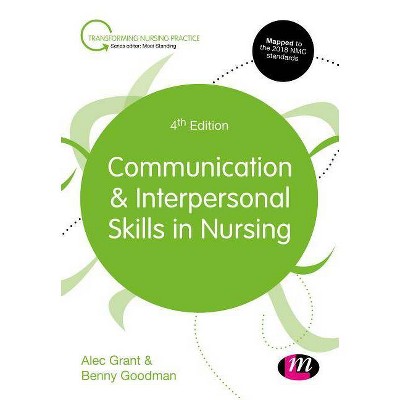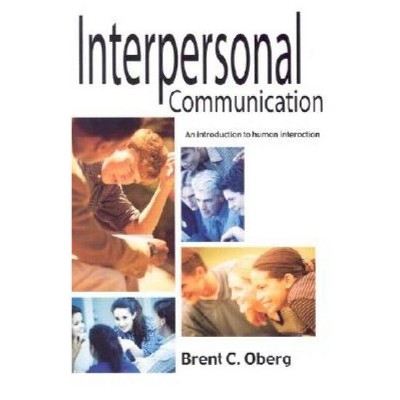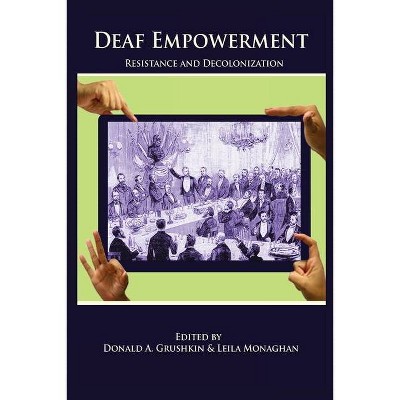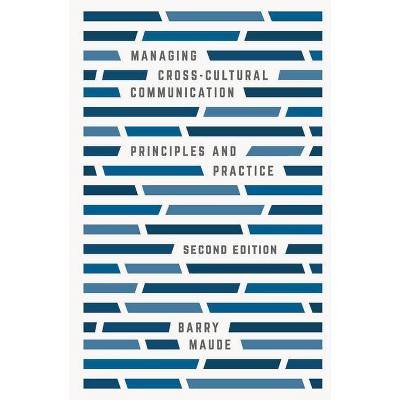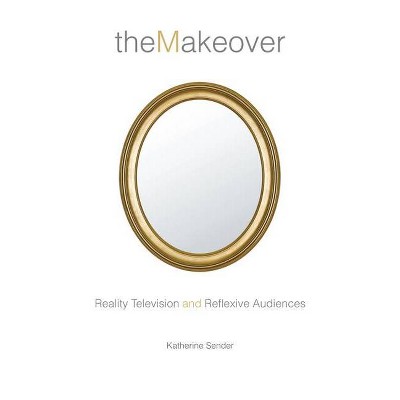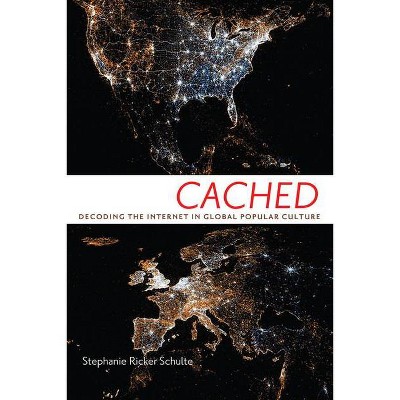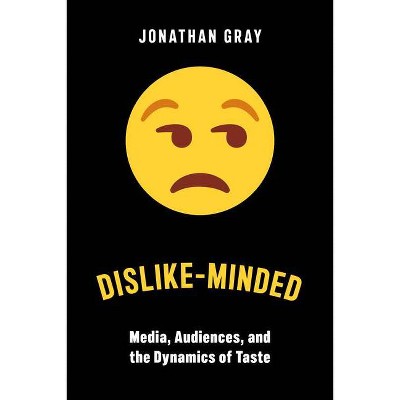A Cultural Approach to Interpersonal Communication - 2nd Edition by Leila Monaghan & Jane E Goodman & Jennifer Robinson (Paperback)
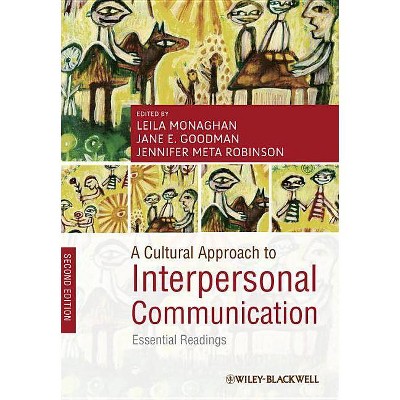
Similar Products
Products of same category from the store
AllProduct info
<p/><br></br><p><b> About the Book </b></p></br></br>"The Second Edition of A Cultural Approach to Interpersonal Communication presents key readings from the fields of cultural and linguistic anthropology, sociolinguistics, and communication studies that explore the ways that interpersonal communication is socially and culturally mediated. Starting from the premise that interpersonal communication is inseparable from culture, the readings reveal the rich diversity of communicative practices of social communities within the U.S. and around the world. The fully-revised second edition features several new chapters that highlight interpersonal communication in a digital world, covering such topics as situated engagements with social media, text messaging, digitally simulated spaces, television, and public video-sharing sites. Other readings explore interpersonal interactions in wide-ranging settings that include high school slang in California, sports talk in New Zealand, Tuareg greetings in the Sahara Desert, avatar-mediated conversations in Second Life, frat talk at a Midwest college, whispered rumors about Nevada's top-secret Area 51, and many more. In addition, a variety of ethnographic case studies serve to heighten awareness of the reader's own interpersonal language practices. A Cultural Approach to Interpersonal Communication, 2nd Edition, provides rich insights into the crucial role of culture in shaping our understanding of interpersonal communication. "--<p/><br></br><p><b> Book Synopsis </b></p></br></br>Featuring several all-new chapters, revisions, and updates, the Second Edition of <i>A Cultural Approach to Interpersonal Communication</i> presents an interdisciplinary collection of key readings that explore how interpersonal communication is socially and culturally mediated. <ul> <li>Includes key readings from the fields of cultural and linguistic anthropology, sociolinguistics, and communication studies</li> <li>Features new chapters that focus on digital media</li> <li>Offers new introductory chapters and an expanded toolkit of concepts that students may draw on to link culture, communication, and community</li> <li>Expands the Ethnographer's Toolkit to include an introduction to basic concepts followed by a range of ethnographic case studies</li> </ul><p/><br></br><p><b> From the Back Cover </b></p></br></br><i>A Cultural Approach to Interpersonal Communication</i> presents key readings from the fields of cultural and linguistic anthropology, sociolinguistics, and communication studies that explore the ways in which interpersonal communication is socially and culturally mediated. Starting from the premise that interpersonal communication is inseparable from culture, the readings reveal the rich diversity of communicative practices of social communities within the U.S. and around the world.<br /> <br /> <p>This fully revised second edition features several new chapters that highlight interpersonal communication in a digital world, covering such topics as situated engagements with social media, text messaging, digitally simulated spaces, television, and public video-sharing sites. Other readings explore interpersonal interactions in wide-ranging settings that include high school slang in California, sports talk in New Zealand, Tuareg greetings in the Sahara Desert, avatar-mediated conversations in Second Life, frat talk at a Midwest college, whispered rumors about Nevada's top-secret Area 51, and many more. In addition, a variety of ethnographic case studies serve to heighten awareness of the reader's own interpersonal language practices. <i>A Cultural Approach to Interpersonal Communication</i> provides rich insights into the crucial role of culture in shaping our understanding of interpersonal communication.</p><p/><br></br><p><b> Review Quotes </b></p></br></br><br><p>"This style, and the wide-ranging subject matter, should encourage both student and academic readers to follow the editors' suggestion to see the material as a stepping stone towards their own research, rather than 'the final word' (p. 5). The reference lists at the end of the chapters could be another of these stones." (<i>Discourse Studies</i>, 16 January 2014)</p> <p> </p><br><p/><br></br><p><b> About the Author </b></p></br></br><b>Leila Monaghan</b> currently teaches anthropology and disability studies at the University of Wyoming and the University of Maryland University College. She served as course director of Interpersonal Communication in the Department of Communication and Culture at Indiana University for four years. Her publications include the co-edited volumes <i>Many Ways to be Deaf</i> and <i>HIV/AIDS and Deaf Communities.</i><br /> <br /> <p><b>Jane E. Goodman</b> is an associate professor in the Department of Communication and Culture at Indiana University. She is the author of <i>Berber Culture on the World Stage: From Village to Video</i>, and editor of <i>Bourdieu in Algeria: Colonial Politics, Ethnographic Practices, Theoretical Developments</i>. She served as course director of Interpersonal Communication in the Department of Communication and Culture at Indiana University for three years.</p> <p><b>Jennifer Meta Robinson</b> is a senior lecturer in the Department of Communication and Culture at Indiana University. She is author of <i>The Farmers' Market Book: Growing Food, Cultivating Community</i>, editor of <i>Teaching Environmental Literacy: Across Campus and Across the Curriculum</i>, and editor of the Indiana University Press book series <i>Scholarship of Teaching and Learning</i>. She has served as course director of Interpersonal Communication in the Department of Communication and Culture at Indiana University since 2006.</p>
Price History
Price Archive shows prices from various stores, lets you see history and find the cheapest. There is no actual sale on the website. For all support, inquiry and suggestion messagescommunication@pricearchive.us
